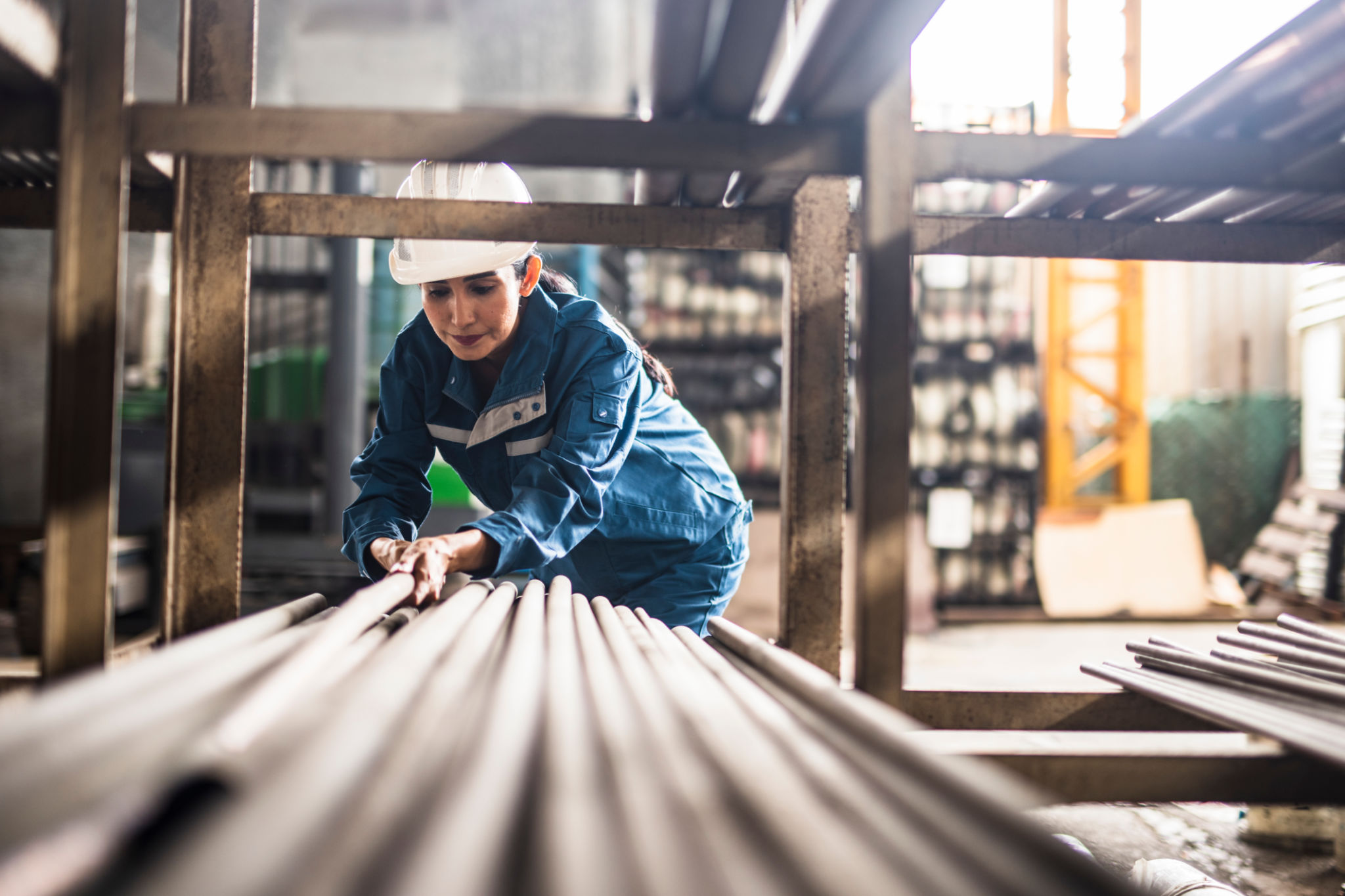Preparing for Your CNC Project: Essential Tips from USA CNC Machining Experts
Understanding Your CNC Project Requirements
Starting a CNC project can be an exciting endeavor, but it requires careful preparation and planning. Before diving into the machining process, it's crucial to understand the specific requirements of your project. This involves clearly defining the end goal, including dimensions, materials, and tolerances. Collaborate with your design team to ensure everyone is on the same page and that all specifications are documented accurately.
Having a comprehensive understanding of your project will help in selecting the right CNC machine and tools. Different machines are suited for different tasks, and choosing the right one is essential for achieving optimal results. Make sure to research or consult with experts if needed to find the best fit for your project.

Material Selection and Preparation
The choice of material plays a significant role in the success of your CNC project. Materials like aluminum, steel, brass, and plastics each have unique properties that can affect the machining process. Consider factors such as strength, weight, and cost when selecting materials. It's also important to ensure that the materials are prepared correctly before machining begins.
Proper preparation includes cleaning the materials, cutting them to approximate size, and ensuring they are free from any defects or impurities. This will help in minimizing waste during the machining process and improving the overall quality of the finished product.

Tooling and Machine Setup
Once your materials are ready, focus on setting up the correct tooling and CNC machine parameters. The choice of cutting tools, such as end mills or drills, should align with the material type and project specifications. Pay attention to tool sharpness and wear; worn tools can lead to poor surface finishes and dimensional inaccuracies.
Machine setup involves calibrating the CNC machine to ensure precision and accuracy. This includes setting up the correct speed and feed rates based on material properties and tool selection. A detailed checklist can be helpful in verifying that all settings are optimized before starting the machining process.

Prototyping and Testing
Before proceeding with full-scale production, it’s advisable to create a prototype or perform a test run. Prototyping allows you to identify any potential issues early in the process and make necessary adjustments without incurring significant costs. Use this opportunity to test various parameters and optimize them for better performance.
Testing also provides valuable insights into the durability and functionality of the design, allowing you to make informed decisions on any needed modifications. This step is crucial in ensuring that the final product meets all quality standards and customer expectations.
Quality Control and Inspection
Implementing a robust quality control process is vital in any CNC project. Regular inspections during and after machining help maintain high standards and ensure consistency across all parts produced. Use precision measurement tools like calipers and micrometers to verify dimensions and tolerances.
Documenting inspection results is also important for traceability and continuous improvement. By analyzing data from these inspections, you can identify trends or patterns that may indicate areas for optimization in future projects.

Finalizing Your Project
Once quality control is complete, it's time to finalize your CNC project. This involves any necessary finishing processes such as deburring, polishing, or coating, depending on the material and intended use of the product. Ensure that all finished parts meet the specified criteria before packaging and shipping them to clients or integrating them into larger assemblies.
By following these essential tips from Texas CNC machining experts, you can ensure a smoother workflow and higher quality outcomes for your CNC projects. Remember that preparation is key, and investing time in planning will pay off in superior results.
